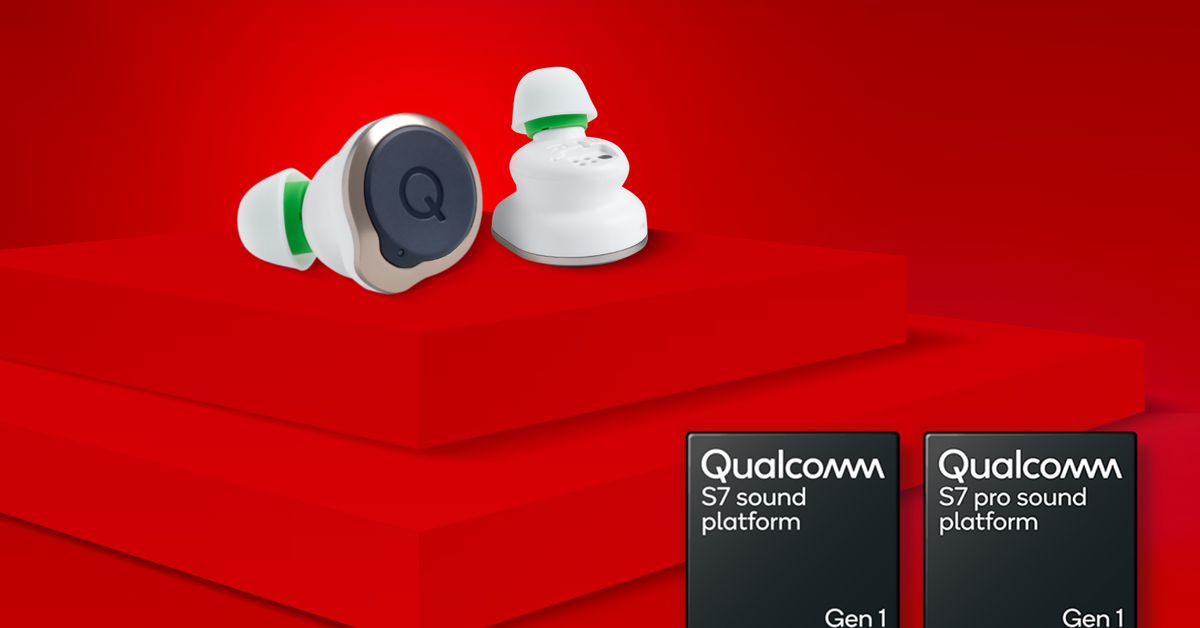I translate this as “Qualcomm admits Bluetooth is a shitty mistake and its time to move on”
Bluetooth still has its place in several instances. From what I can tell, this wifi protocol depends on you having a WiFi network mediate the connection, such as at your house or at a Cafe. Bluetooth is true ad hoc requiring no middleman.
Bluetooth struggles with bandwidth enough that it affects sound quality and latency, but that doesn’t mean it’s unusable. It also has enough range that I beats some other competing wireless protocols as well.
I’d love to see WiFi or a higher bandwidth option come out, and I’m hoping this is the beginning of that. They may have to resolve issues with channel conflicts and the need for network mediation. It would be awesome for gaming.
WiFi Direct is a thing
Currently, there are some alternatives, or bluetooth versions which work pretty well.
Often wireless gaming brands offer a usb dongle. That dongle often uses a proprietary protocol over 2.4ghz. And allow enough bandwidth for audio and mic. Some brand give more or less bandwidth to the mic, or have better compression, or bandwidth.
And currently, there is a fairly “new”, already here since bt 5.3 : LC3. It’s a very well optimised protocol which allows for about the same quality at lower bandwidth than other protocol. It also has lower latency. This protocol has started to be used by gaming brands, like Creative, in a usb dongle. Or even in standalone headphones. On the Creative headset, it would allow enough bandwidth for audio and mic without much compromise (like if it wad a proprietary dongle).
Obviously the quality may not be as good as wired. But it should be enough for most people.
Huawei also seems to have announced (not sure if yet released, it should be in an honor phone), their bluetooth competitor. They say 6x faster (more bandwidth I guess) https://newatlas.com/mobile-technology/nearlink-wireless-huawei/.
I think the earpieces act as a Wi-fi hotspot themselves
Bluetooth is awesome for many things still. And it keeps getting better. Just not better enough to be optimal for high quality audio
It should be read as “Qualcomm looking for new ways to put users on their proprietary IP so they can extract new profits.”
It looks promising, low power wifi could be huge in other kinds of wearables or battery powered embedded applications. I wish they would have touched on a better mic & audio profile. Having to switch to lower quality audio to use a microphone has been my biggest bluetooth pet peeve
The low quality audio for mic must be a bandwidth limitation which they could fix with wifi.
It absolutely could be fixed with the higher bandwidth, the fact that it wasn’t mentioned at all is a bit disappointing
Figuring out how to login to the wifi for you earbuds sounds like a fun time
That’s a solved problem. You use an app for setup, like so many other screenless devices.
more apps unique to every device sounds awful lol
Hopefully once it’s common enough a standard process arrives. Actually I don’t think this will take off without that, else we will need an app for iOS, android, windows, Mac, Linux, several tv OS…
It can also start an adhoc network that you join on your phone, and input the wifi details via the browser, although this is more complicated for the device itself. Lots of low spec/low power devices do that though.
It’s addressed in the article. It’ll just share the credentials from your phone.
That’s unfortunate. Devices like that are basically impossible to use on certain enterprise networks (e.g. college campuses). There really needs to be an override
it would be a dedicated network between your phone and the earbuds based on how I understand
I’m personally more worried about SECURING the network between my headphones and my phones …
Yet another vector of attack … let’s hope they use a modern encryption standard and that they update in a timely manner when a 0D on the protocol is found
but it’s Qualcomm, it will be fine, right? right? … guys? Right?
Talking like someone that’s never used a PAN
24 bit / 96kHz playback over WiFi is going to be huge.
Whats the point of 96kHz(playback)? You basically only produce sounds outside of the human hearing with that.
No point really. The Nyquist sampling theorem says that 44.1kHz is overkill, much less 48kHz or anything beyond. You only need twice the sample rate of the highest frequency to be reproduced, and human hearing generally goes up to 20kHz (less for almost all adults). Accordingly, many production recording equipment won’t even bother with frequencies approaching 20kHz. The only conceivable point is that you don’t need to resample files in higher sample rates, which saves you a tiny bit of cpu time I guess.
absolutely nothing outside of the recording studio. It’s useful when handling intermediate s when you’re mixing several recordings. Once the mix is done, it’s useless
Dynamic processors (e.g. compressors, limiters, peak detectiors) are more accurate at higher sample rates (and bit depth). Also, less latency at higher frequency. Lastly, it greatly improves editing including “modern” processing such as time streching, pitch correction etc. I am not sure what the effects on “spatialization” are …
This is why I put playback in brackets, where it makes no difference at all.
I want wireless headphones that can play audio sound from 2 devices simultaneously. And while doing that, you can still use your microphone and your audio wont have shit quality.
I know in windows, when you want to use your microphone on your wireless headphones, audio quality goes to shit because it doesnt have enough bandwidth to drive both excellent sound quality and microphone recording.
I want to be able to play a game on my phone(with audio), while watching a video on my pc and voice chatting on discord, all at the same time with perfect audio quality. This cant be that hard yet for some reason, even after 10 years of wireless headphones, we cant do that.
Steelseries 7x does that, but they’re over the ear and need a dongle on Windows. Works fine for me
It’s not a bandwidth restriction. The device generally has adequate bandwidth.
The problem is the Bluetooth specification that’s massively over engineered. The original 1.0 Android developers specifically called out its complexity as a significant source of friction.
On Windows specifically, the audio quality degrades when you switch because it changes the Bluetooth profile from an audio device to a headset. Windows hasn’t bothered with high fidelity under the headset profile. It’s pretty bare bones, so it tries to talk to the device using a common baseline for headsets which generally didn’t support high fidelity audio for a long time. Vendors have long preferred proprietary solutions to avoid dealing with the terrible standard.
Given the stupid complexity of bluetooth, I can’t say I blame them. Microsoft needs to get around to implementing the upteenth special way of transferring audio over Bluetooth.
The wireless Xbox branded headset allows me to party chat on Xbox while playing music from my phone. Idk how much more it would allow though.
I saw this in my feed and I thought it was a sponsored ad and then I remembered I was on lemmy
Surprised we haven’t ditched bluetooth for something like this earlier
I thought that too. However last I checked Wifi Direct still loses to Bluetooth LE in idle power consumption.
I do hope wifi direct or UWB can catch up so we can finally sunset Bluetooth.
Hopefully this means lower latency.
I would expect so. 2.4ghz wireless headphones for PC and Console gaming have been very good for years.
Bluetooth is 2.4Ghz wireless.
A Wi-Fi based system will almost certainly have higher latency given how much more processing the network stack needs. It adds more buffers in more places.
WiFi point to point isn’t all that bad, and definitely not worse than Bluetooth already is. It’s not like the signal is being bounced through an access point or router. WiFi has about 5ms of latency while Bluetooth has reached 20ms through relatively recent advancements. WiFi can do 15ms of additional work and it’ll still match Bluetooth’s total latency, much more if you don’t have low latency codecs on either your device or your headphones.
The problem with WiFi is more that it’s more power hungry. Maybw they’ve found some way to get the power usage down, but constant WiFi streams aren’t amazing for constant power usage.
👑
KEEP CALM
and
USE LDAC













